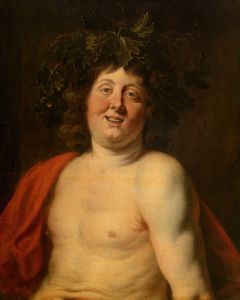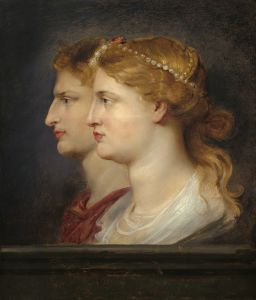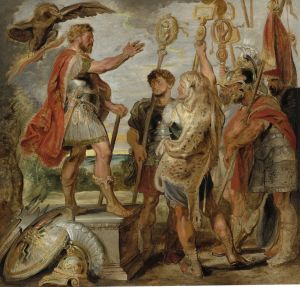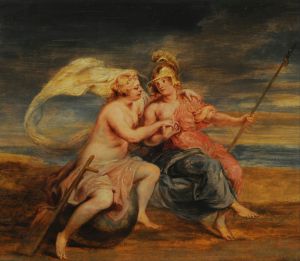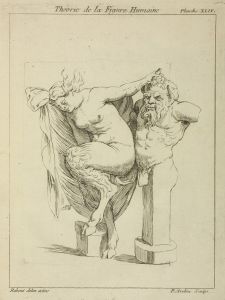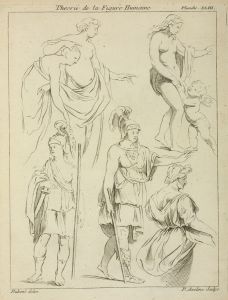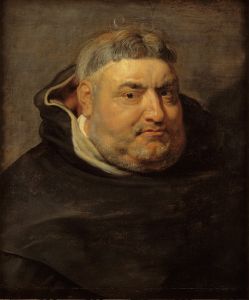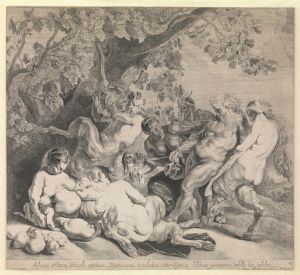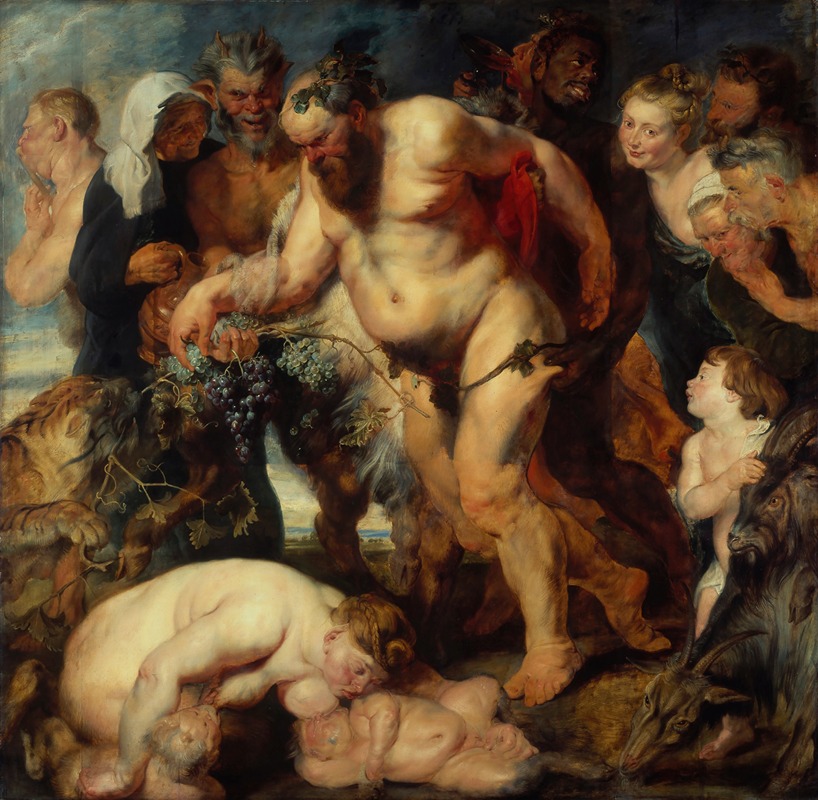
The drunken Silenus
A hand-painted replica of Peter Paul Rubens’s masterpiece The drunken Silenus, meticulously crafted by professional artists to capture the true essence of the original. Each piece is created with museum-quality canvas and rare mineral pigments, carefully painted by experienced artists with delicate brushstrokes and rich, layered colors to perfectly recreate the texture of the original artwork. Unlike machine-printed reproductions, this hand-painted version brings the painting to life, infused with the artist’s emotions and skill in every stroke. Whether for personal collection or home decoration, it instantly elevates the artistic atmosphere of any space.
"The Drunken Silenus" is a painting by the Flemish Baroque artist Peter Paul Rubens, created around 1616-1617. This work exemplifies Rubens' mastery of dynamic composition, vibrant color, and his ability to depict the human form with both realism and expressive energy. The painting is housed in the Alte Pinakothek in Munich, Germany.
The subject of the painting is Silenus, a figure from Greek mythology who is often associated with Bacchus (Dionysus), the god of wine. Silenus is typically portrayed as an older, overweight man who is perpetually drunk and in need of support to stand. In Rubens' depiction, Silenus is shown in a state of inebriation, being supported by a group of figures, including satyrs and possibly Bacchantes (female followers of Bacchus). The scene is lively and chaotic, capturing the revelry and excess associated with Bacchic rituals.
Rubens' treatment of the subject reflects his deep knowledge of classical mythology and his ability to reinterpret these themes in a way that resonated with the Baroque aesthetic. The figures are rendered with a robust physicality, emphasizing their flesh and movement. The composition is carefully balanced, with the central figure of Silenus dominating the scene, surrounded by a dynamic arrangement of supporting characters. The use of rich, warm colors and dramatic contrasts of light and shadow enhances the sense of vitality and exuberance.
This painting is also notable for its allegorical and moral undertones. While it celebrates the pleasures of wine and festivity, it also serves as a cautionary tale about the dangers of excess and indulgence. Such duality was a common feature in Baroque art, which often sought to engage viewers on both an intellectual and emotional level.
Rubens was heavily influenced by his travels to Italy and his study of classical art and the works of Renaissance masters such as Titian and Michelangelo. These influences are evident in "The Drunken Silenus," particularly in the muscularity of the figures and the dynamic composition. At the same time, the painting reflects Rubens' unique style, characterized by its energy, sensuality, and dramatic use of color and light.
"The Drunken Silenus" remains an important example of Rubens' ability to blend classical themes with the Baroque style, creating works that are both visually striking and rich in meaning. It continues to be studied and admired as a testament to his artistic genius.





